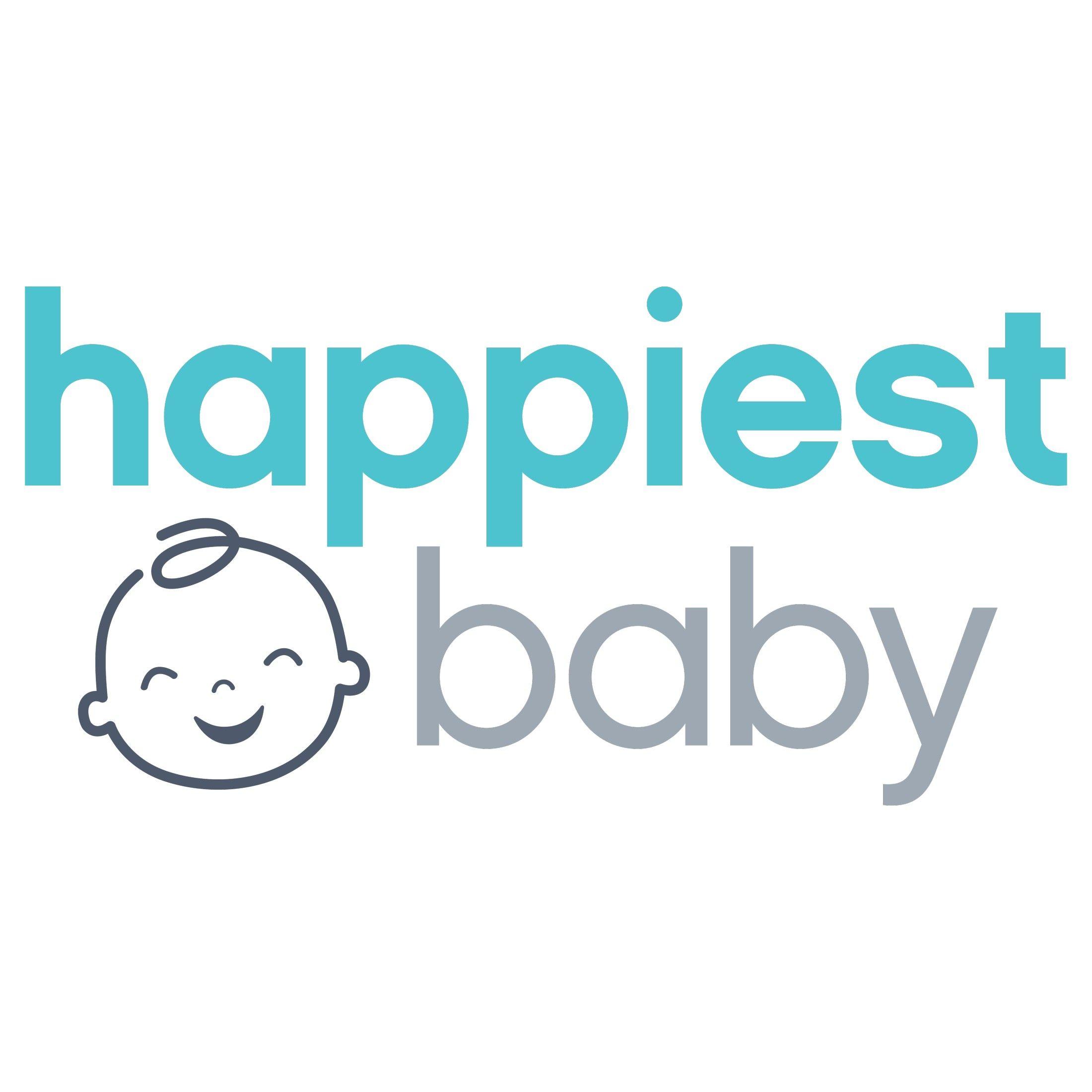PREGNANCY
How to Cope With Constipation During Pregnancy
Here’s why uncomfy backups happen—and how to get some relief.

Written by
Happiest Baby Staff

SHARE THIS ARTICLE
PARENT PICKS
Bestsellers
PREGNANCY

Written by
Happiest Baby Staff

SHARE THIS ARTICLE
Bestsellers
With nappy changes on the horizon, you’re going to have to get really comfortable with No. 2 talk soon. So, why not start now with a common—but unwelcome—pregnancy symptom: constipation.
Constipation affects 11% to 40% of pregnant people, with the highest rates reported in the second and third trimesters. It can be uncomfortable and sometimes even painful, but there are safe, effective strategies to get things moving again. Here’s what causes constipation during pregnancy, and what evidence-based steps can help you find relief.
There are a host of body changes that create the perfect storm that is pregnancy constipation. Causes of pregnancy constipation include:
Constipation is one of those ailments that you kind of know if you’ve got it. But what’s the line between being a bit backed up and officially constipated? Constipation is typically defined as having fewer than three bowel movements per week, often accompanied by:
If these symptoms are severe, persistent, or accompanied by bleeding, contact your doctor or midwife right away!
As far as uncomfortable pregnancy symptoms go, constipation does have a fairly clear path to relief. There are a few reliable ways to get your gut moving again:
Constipation in pregnancy is common, but with the right mix of dietary tweaks, hydration, gentle activity, and, if necessary, safe medication, you can nudge your bowels back into gear. Work with your healthcare provider to find the best plan for you!
Disclaimer: The information on our site is NOT medical advice for any specific person or condition. It is only meant as general information. If you have any medical questions and concerns about your child or yourself, please contact your health provider. Breastmilk is the best source of nutrition for babies. It is important that, in preparation for and during breastfeeding, mothers eat a healthy, balanced diet. Combined breast- and bottle-feeding in the first weeks of life may reduce the supply of a mother's breastmilk and reversing the decision not to breastfeed is difficult. If you do decide to use infant formula, you should follow instructions carefully.